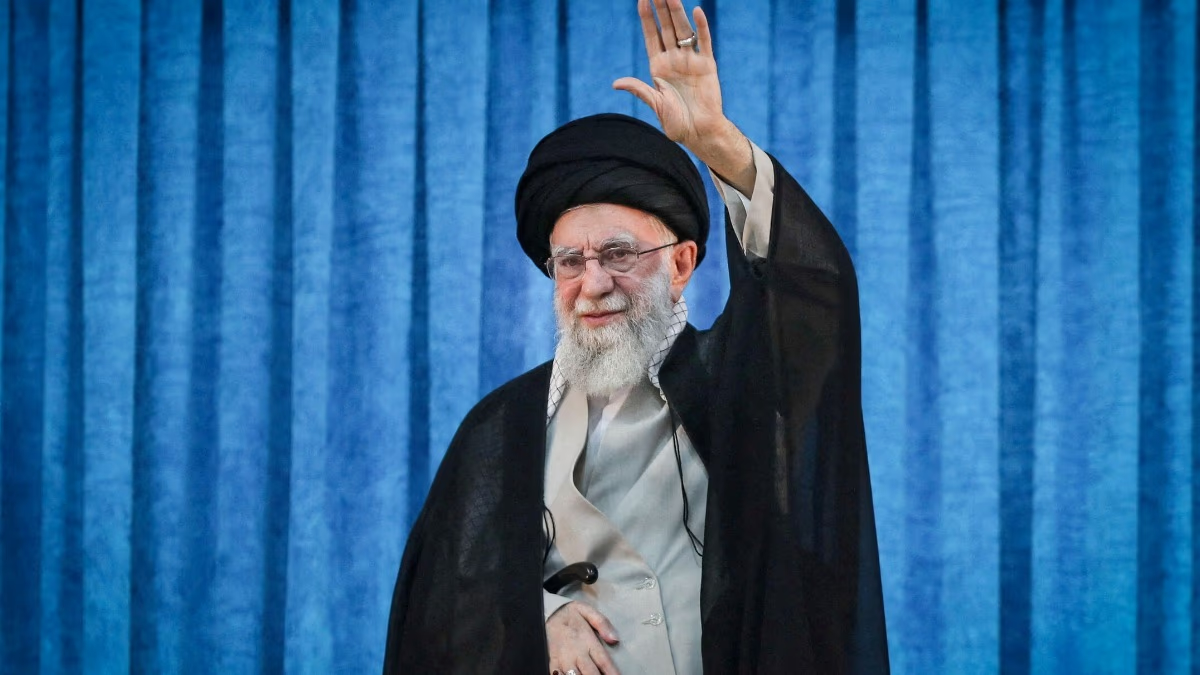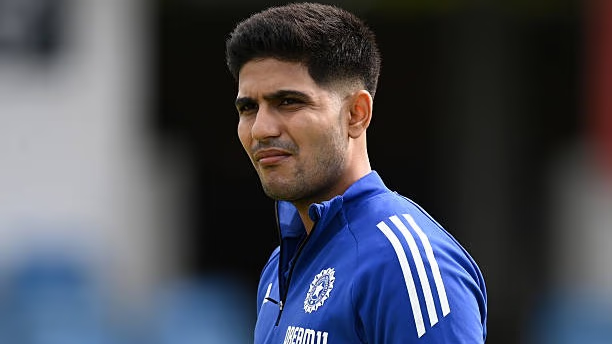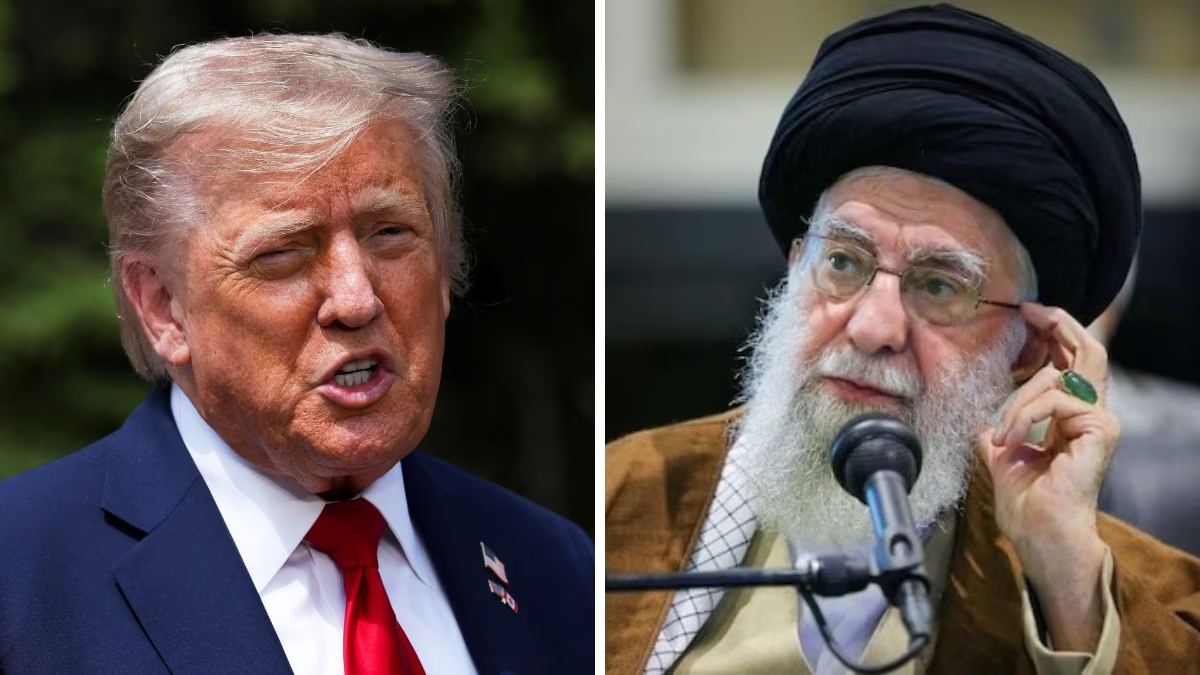The conflict between Iran and Israel continues to escalate. Many senior military officers of Iran's army and the Islamic Revolutionary Guard Corps (IRGC) have been killed. Amidst this, Israel's Prime Minister, Benjamin Netanyahu, has urged the Iranian populace to overthrow their regime.
On the other hand, Iran faces internal and external challenges, such as increasing inflation, human rights, and women's rights violations. Israel's recent attacks and accusations from the U.S. about its nuclear program complicate matters for Khamenei's rule.
The potential end of the Khamenei regime begs the question: Who will govern Iran next? Attempts to change the clerical regime have occurred over the past three decades, identifying three significant Iranian groups in this pursuit.
The People's Mujahedin of Iran (MEK)
One prominent organization is the People's Mujahedin of Iran, also known as the Mojahedin-e-Khalq (MEK) or the People's Mujahedin Organization of Iran (PMOI). Originating in the 1960s as an Islamist-Marxist student militia, it played a decisive role in overthrowing the Shah during the 1979 Iranian Revolution.
MEK's Guerrilla Clashes Paved the Way for Khomeini
MEK fighters, opposing capitalism, imperialism, and the U.S., killed several of Shah's police in attacks during the 1970s. Targeting American-owned hotels, airlines, and oil firms, the group was responsible for six American deaths in Iran. Such actions paved the way for Ayatollah Ruhollah Khomeini's return. Khomeini eventually saw MEK as a significant threat to turning Iran into an Islamic Republic governed by clerics.
MEK Removed by Khomeini
Despite their skills in guerrilla warfare and armed capabilities, the MEK couldn't compete with Khomeini's organization. Khomeini dismantled MEK's political support through security services, courts, and media, ultimately crushing them. When MEK retaliated by bombing over 70 senior leaders of the Islamic Republic, including the president and the chief justice of Iran, Khomeini ordered violent crackdowns, forcing surviving members to flee.
Where Are MEK Members Now
In 2009, Britain removed MEK from its list of terrorist groups. The Obama administration followed in 2012, assisting their relocation to Albania. However, in Albania, MEK struggles to maintain its existence as members begin to defect. No strategic analyst believes MEK has the capacity or support within Iran to overthrow the Islamic Republic.
The Green Movement
The second group, the Green Movement, emerged during the 2009 presidential elections and dissolved after Mahmoud Ahmadinejad's fraudulent re-election. Focused on peaceful demonstrations and democratic reforms, this movement aimed to challenge the Iranian regime and advocate for greater freedom and human rights.
Fading of the Movement
The Green Movement surged through mass protests and civil disobedience until February 14, 2010, when efforts to rally in support of emerging Arab revolutions were brutally suppressed. Leaders were arrested, and Mir Hossein Mousavi, a symbolic leader, persisted bravely. Later placed under house arrest, the movement dissipated. Some supporters professed faith in the Islamic Republic's institutional foundation, seeking only democratic reforms, rejecting Western-style democracy and any Western intervention in Iran's domestic politics.
The Former Shah's Son and His Supporters
The third group includes monarchists who fled the country during the 1979 revolution. Among them, Reza Pahlavi, the former Shah's son, resides in the United States, theoretically prepared to return to reclaim his father's throne. Upon Donald Trump's 2016 presidential victory, Pahlavi encouraged engagement with secular and democratic forces in Iran. Following Trump's re-election, Pahlavi emphasized in an interview with Newsweek envisioning a democratic Iran enriched through Western relations, peaceful with Israel, and harmonious with its neighbors.
Read More: How is Iran's Army Different from the IRGC? Extensive Training Like Hezbollah and Hamas Fighters, Here's What They Do
Reza Pahlavi Supports Israel's Attack
In light of Israel's attack, Reza Pahlavi reiterated his intention to return, supporting Israel's actions. He stated that many Iranians support Israel's initiatives and wish to overthrow Khamenei's regime, declaring their time has come after 40 years of fighting for Iran.




